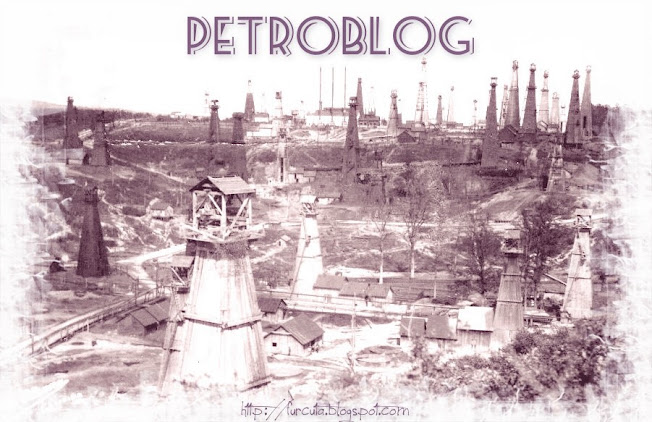“A
correspondent writes from Tulsa, Oklahoma, April 1 : - American ingenuity and
persistence have triumphed over the most stubborn oil field fire in history,
and so Mr. Myron M. Kinley is home from the world’s longest fire run — from
Tulsa 7000 miles to Moreni, Roumania. Before Mr. Kinley, who is famous for his
fire-fighting exploits in this country, set out to harness the veritable
volcano, the blazing Roumanian well had caused 14 fatalities and cost $750,000
in material damage and expense over a period of two years.
After he began
operations, six months were required to tame the unruly well, which spouted gas
at the rate of 250,000,000 cubic feet daily from a sand 5000 feet deep. The
well blew wild and caught fire on May 28, 1929. Resources of the Roumanian
Government and of the American oil company holding the drilling concession
proved insufficient to control it. In addition to those killed, more than 100
persons were injured in the explosions and mishaps at the well. Steel equipment
was melted by the intense heat. The drilling engine was never found, although
twisted bits of the steel derrick were dragged from the flames. By spring of
1931 the fire had burned out a crater 250 feet wide and 65 feet deep. From a
hundred crevices in the crater walls burned smaller torches, fed from gas
escaping through earth fissured by the heat. Mr. Kinley went to Vienna to attend
a convention last summer. Thence he proceeded to Roumania to seek permission to
snuff the huge torch. With two assistants, whom the Roumanian Government
permitted him to employ - an American and a Roumanian - Mr. Kinley dragged
explosives to the edge of the crater and lowered them in fire-proof wrappings
near the fire. Streams of water were played on the men constantly as they approached
the dames. “We used hundreds of pounds of explosives blasting dirt into the
hole”, Mr. Kinley explained. Water was played on the crater continually and the
mud and cement used in the operation boiled and bubbled like lava. The
resemblance to a volcano was heightened by the fire which burst through
frequently, sometimes in an explosion that hurled the boiling mixture high into
the air. The fire finally was choked off by filling the crater with the
hardening cement mixture, which was gradually cooled by tons of water. Actual
work began Aug. 3, 1931, and the task was completed Feb. 7, when the well was
tapped far underground and the gas turned into pipe lines for commercial use.”
Wednesday 11 May 1932

